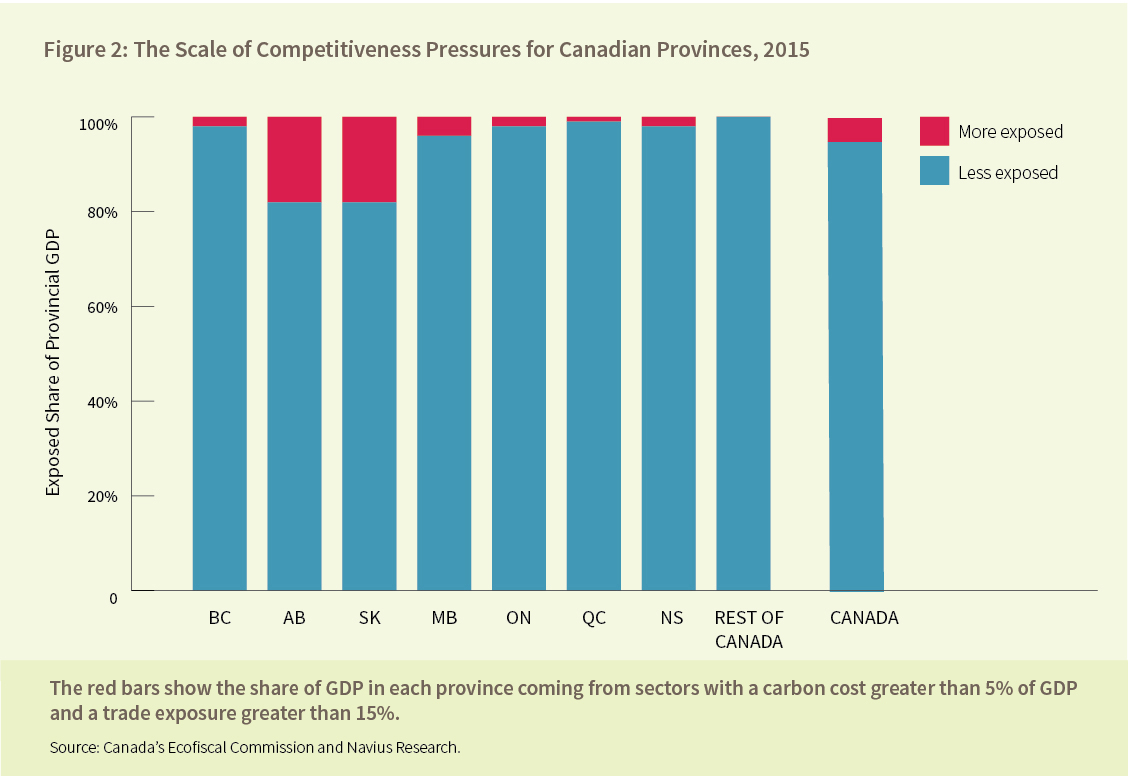
There and Back Again: Subnational, National, and International Climate Policy
by Dale Beugin, Research Director
The road to Paris and the 2015 UNFCCC Conference of the Parties (COP) seems to be increasingly crowded. It starts with the provinces. Ontario is working out the details of its cap-and-trade partnership with Quebec, and new recommendations are imminent from both Alberta’s and BC’s expert advisory panels. That road now passes through Ottawa, as well. The new government has embraced the Paris process, with the Minister of Environment, the Foreign Minister, and the Prime Minister all participating. And in Paris, at the end of the road, hopes are high for progress on international climate policy.
But amidst all the ramp-up to the COP, let’s also look ahead to the road back from Paris. Because no matter the outcome, much of the hard policy work remains.
Climate policies internationally will be uneven at best
There’s no question that a global deal on greenhouse gas emissions sends a powerful message about international cooperation and collective action on a hugely important issue. But even in the best-case scenario, international action on climate policy will have some uncertainty and uneven progress. Not all countries have the same levels of commitments. And they won’t deliver on them in the same way or via the same policy tools. In other words, a nice clean global price on carbon just isn’t in the cards, at least in the short term.
The way forward for Canadian policy
The fundamentals of Canadian carbon policy remain the same, no matter what happens internationally. Moving forward on broad, economy-wide carbon pricing across Canada is key to achieving emissions reductions at the lowest cost. Moving now makes sense. Starting sooner, rather than later, means we can ramp up the price of carbon gradually and predictably, giving emitters time to adapt and develop new, low-carbon technologies and practices.
At the same time, Canadian policy must take uneven international policy transitions into account. Fortunately, smart policy design can manage this transition. Two issues in particular stand out, for the federal and provincial governments respectively: coordination and competitiveness.
Pan-Canadian coordination will be needed eventually
The path toward a harmonized climate price within Canada isn’t a straight line either. Different provinces are taking different approaches to climate policy. BC’s carbon tax sets the price of carbon at $30 per tonne. In Quebec’s system, carbon permits trade at around half of that price. And in many provinces, the price of carbon remains at zero. Again, Ecofiscal has argued that getting started on carbon pricing is more important than having a perfectly uniform, harmonized price. But over time, as carbon prices rise, coordination of provincial policies will be needed.
The federal government has already signaled its plan to cooperate with the provinces. The Prime Minister has invited the premieres to Paris and plans to meet with the provinces within 90 days of the COP to develop a pan-Canadian strategy.
What might such a strategy look like? Different mechanisms for carbon pricing coordination are possible. For example:
- The federal government could supersede existing provincial policies with federal policy. This approach seems unlikely. Province-specific policy ensures revenue isn’t transferred between regions—a political non-starter. It also allows provinces to customize policy to reflect their own contexts and priorities.
- Provinces could harmonize their own policies, from the bottom-up. Ontario and Quebec, for example, will harmonize their carbon prices by linking their systems. Still, bringing all provinces onside could require federal involvement.
- The federal government could establish a minimum level of stringency. If provinces met the standard through their own policy, they’d be exempt from federal policy. The most logical metric for equivalency? A common price of carbon ensures cost-effective emissions reductions overall.
Policy design must also address competitiveness concerns
In the meantime, uneven policy—both across Canada and internationally—means that some industries could be exposed to competitiveness pressures. Production and investment might shift toward jurisdictions with lower carbon prices. This leakage can undermine both the economic and environmental performance of Canadian policy, whether provincial or national.
Yet competitiveness concerns need not obstruct forward movement on carbon pricing. As illustrated in the figure below, only a narrow subset of provincial economies are likely to face competitiveness pressures. Ecofiscal’s analysis finds that under an economy-wide $30 carbon price, only 5% of the economy would be exposed, though some provincial economies are more than others

Furthermore, policy design can address competitiveness issues, to the extent they exist. Using carbon revenue to provide targeted, transparent, and temporary support to these sectors can ameliorate competitiveness concerns without undermining incentives for these sectors to improve their emissions performance.
There and back again
Policy momentum toward Paris is welcome. A deal could galvanize and accelerate action across the globe. At the same time, Paris isn’t the end-all and be-all of climate policy. Canadian governments—both provincial and federal—can set us on a path toward smart carbon policy that makes sense at home now. We need not wait for the rest of the world either to lead or to catch up. We have everything to gain by moving forward, and—as our research suggests—ever fewer reasons to delay.
The above was originally published in Policy Options, IRPP on Friday, November 27th.




2 comments
You’ve estimated “vulnerability” province-by-province to carbon pricing and other carbon reduction measures. Is there not a corresponding analysis to be made about the economic opportunities from replacing carbon rich energy sources with low-carbon renewable energy?
Absolutely, there will be winners under carbon pricing. The focus on the vulnerability analysis is to identify where the challenges might be, and where to provide targeted support
Comments are closed.